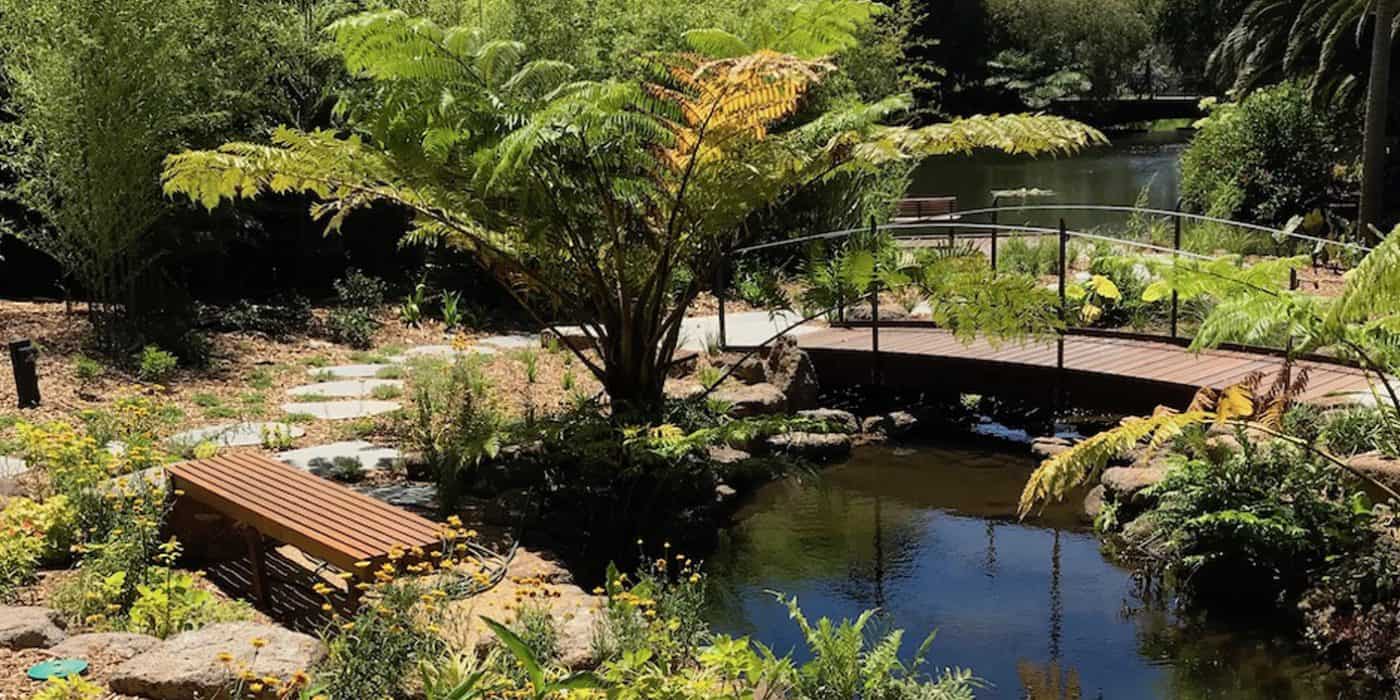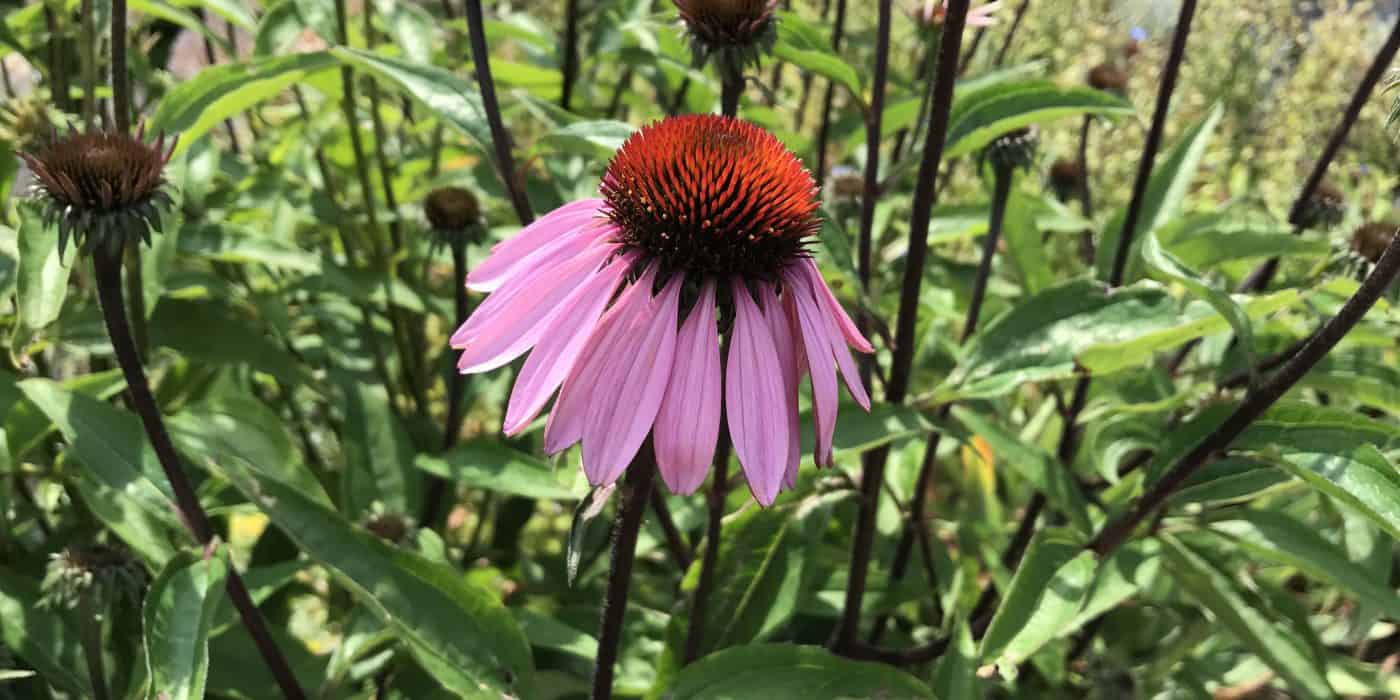How aptly named is the magnificent Waratah?
Well, in answer to the question, the First Nations people who originally lived in the area that became known as Sydney were the Eora people and they named this vibrant species – Waratah which means beautiful or a tree with red flowers in their language. The botanical name, Telopea speciosissima is equally appropriate. Telopea comes from the Greek telopos meaning seen from afar referring to the conspicuous flowers and speciosissima from the Latin speciosus meaning showy and issimus, most.
On 24 October 1962, the Waratah, Telopea speciosissima was named the floral emblem of New South Wales. This particular species is found within a radius of about 200 km around Sydney.
Today there are a number of hybrid species of the Waratah, however there is a white variation of the native species too. In Gulpilil’s Stories of the Dreamtime, a female Wonga pigeon was out looking for her mate. As she soared above the tree canopy she was attacked by a hawk. Escaping its clutches, she flew over white Waratah flowers and her blood turned them red forever. First Nations people also used the stalk of the Waratah to make their necklaces and the flower was immersed in water and the mix of the sap and the water was given to children as a tonic.
Adventurous botanists sailed on exploratory expeditions from England and Robert Brown, a Scottish born naturalist sailed with Sir Joseph Banks on the Matthew Flinders expedition to chart the coastline. Brown named the genus and species in 1810 and kept the Eora name for the plant. Robert Brown became Sir Joseph Banks’ librarian, and they may have been good buddies because when Banks died, Brown inherited his library and herbarium.
The Waratah belongs to the Proteaceae family and it grows to between 3 and 4 metres high with dark, razored leathery leaves. The Waratah naturally grows in sandy clay areas and is mainly pollinated by birds such as the Honey Eater which is attracted to the brilliant colour of the flowers and the abundant supply of nectar. It flowers from September to November. Nature has looked after this beauty because the seeds are winged for wind dispersal and there may be more than 250 seeds on one flowerhead in a good year. After bushfires, which are common in its natural habitat, a Waratah can regenerate from its lignotuber – a woody swelling of its stem that lies partly or wholly under the ground.
The Waratah once flourished in many areas of the Sydney metropolitan area. Sadly, the survival of this native plant is due now to its existence in national parks, reserves and relatively inaccessible areas where it is protected. It causes me to wonder about the changes that have occurred due to a combination of our urban and rural developments. I wonder what this beautiful country once looked like.
Although the Golden Wattle, Acacia pycnantha is the national emblem the Waratah was definitely a contender when a national floral emblem was being selected. One of the reasons the Golden Wattle was chosen is that species are found all over Australia whereas the Waratah is native only to the south eastern parts of Australia. Over the years, the Waratah has featured in postage stamp designs and in many works of art. The magnificent stained-glass windows in Sydney’s Town Hall feature the Waratah. In the sporting world, the Waratah is the mascot for the NSW Rugby Union team, The Waratahs. A good friend spurred me on to discover why Waratah Bay on Wilson’s Promontory is so named. It was named after a ship that was anchored there for repairs.
Waratah Day is on 26 September.








